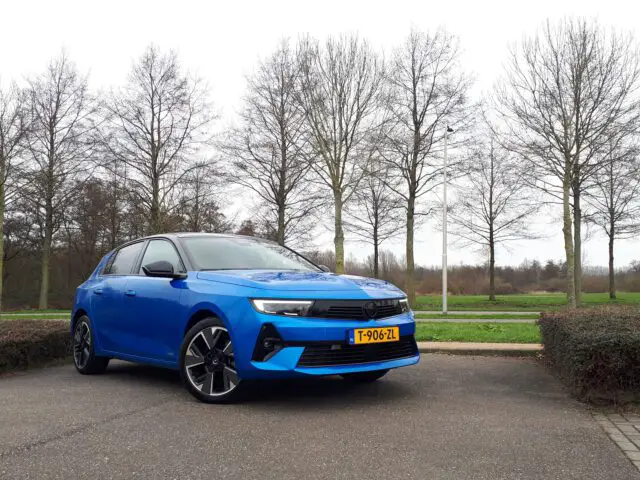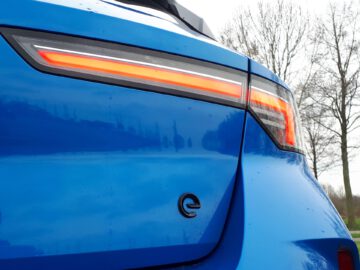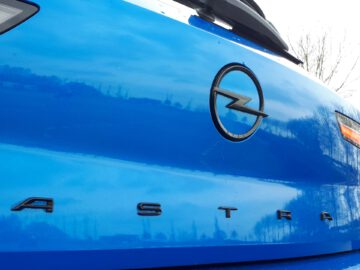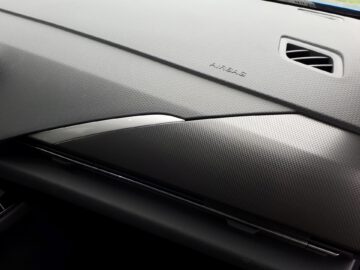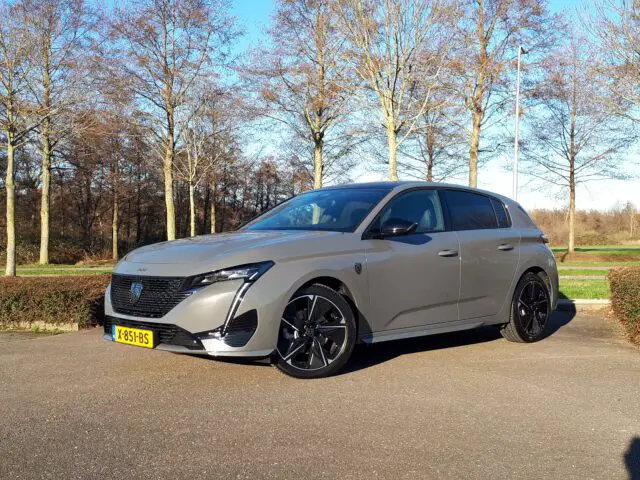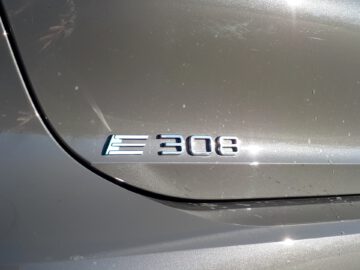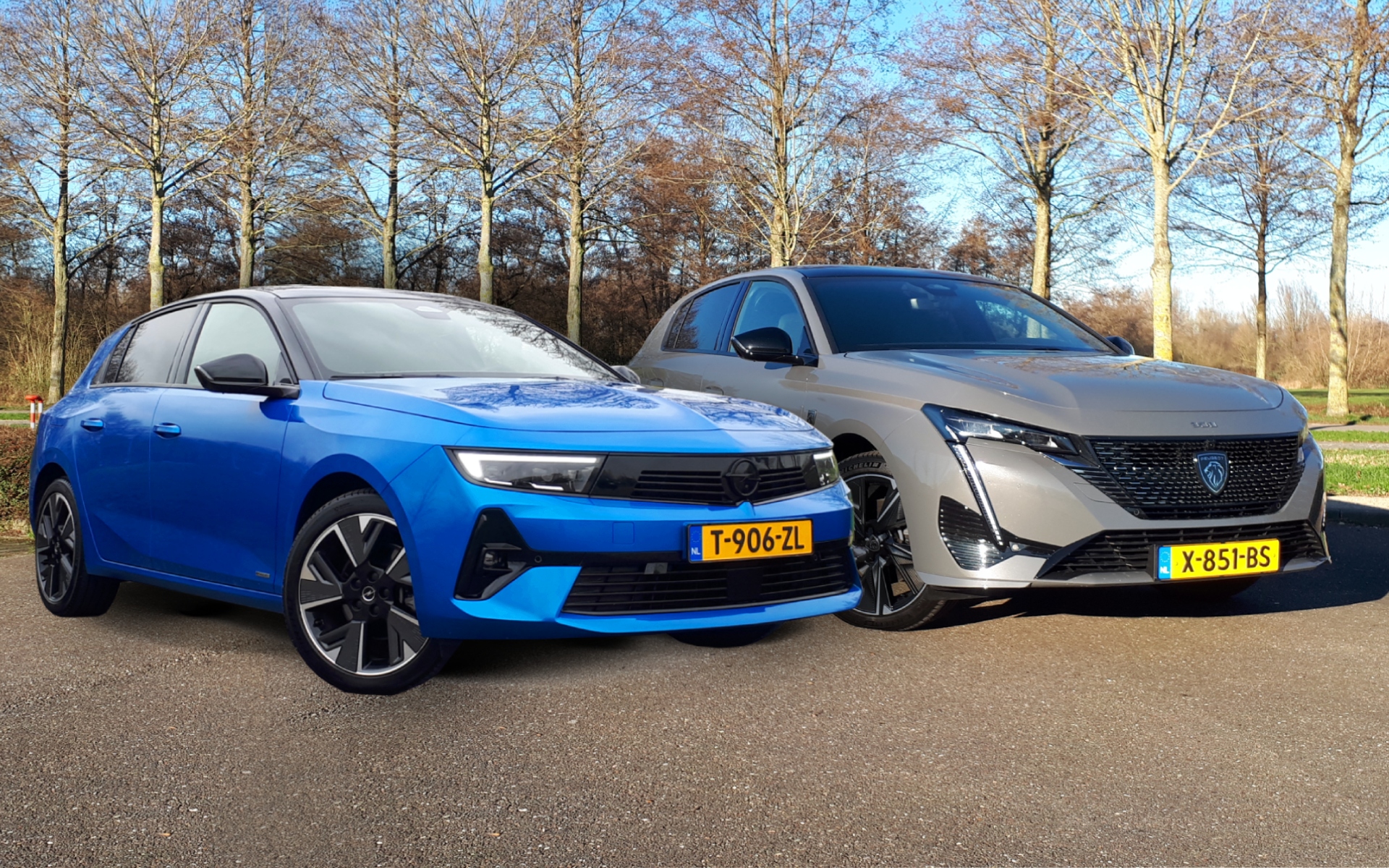Review – Double test Opel Astra Electric and Peugeot e-308 (2024)
So-called “rebadging,” offering one car under multiple brand names, is of all times. Especially within corporate groups. Sometimes it is just about different logos, of which the new Mitsubishi Colt is a recent example. Other times, cars do get their own bodywork and only the underbody technology matches. Such is the case with the cars that are the focus of this review: the Peugeot e-308 and Opel Astra Electric.
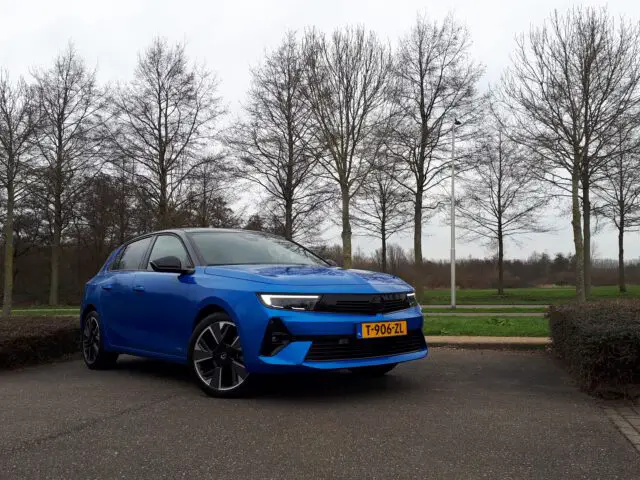
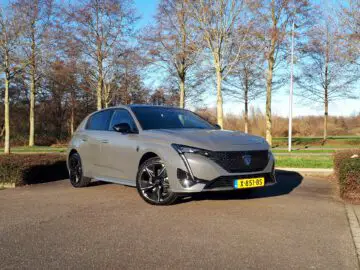
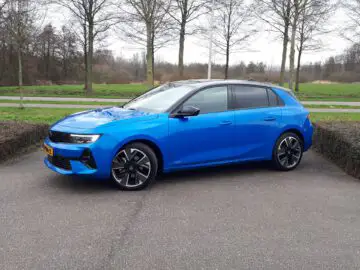
Engine offerings Opel Astra Electric and Peugeot e-308
Both models are on parent company Stellantis’ EMP2 platform. You may forget that in itself right away, the point is that both models are basically identical. Yet in terms of engines, we can already see the first differences between the two. For example, the entry-level engine, a 1.2-liter three-cylinder turbocharged gasoline engine with 81 kW (110 hp) and six-speed manual transmission, is available only for the Opel. The slightly more powerful version with 96 kW (130 hp) can be found on both cars, but only on Peugeot can you get it optionally with eight-speed automatic transmission. Instead, Opel offers a variant that the Peugeot does not have at all: a 100 kW (136 hp) mild hybrid version of the same engine, designated Hybrid and mated to a six-speed automatic transmission. Since the beginning of 2023, both cars will no longer have diesel engines at all
Looking at the plug-in hybrid models, the offerings are similar. In both cars, we see both a 133 kW (180 hp) and a 165 kW (225 hp) strong version, both with eight-speed automatic transmission. There is a slight difference in positioning, though. At Opel, the most powerful version is related to the reintroduced (semi-)sporty GSe label; at Peugeot, the most powerful version is a “regular” version.
Then the all-electric models. Again, the offerings are identical. With both the Peugeot e-308 and Opel Astra Electric, you get a 115 kW (156 hp) strong electric motor with front-wheel drive and 54 kWh battery.

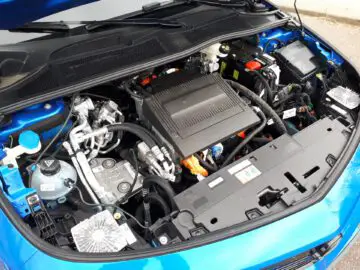
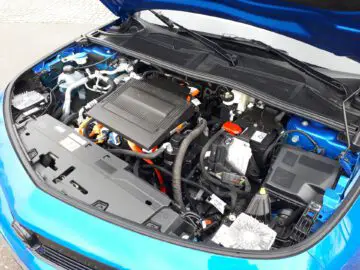

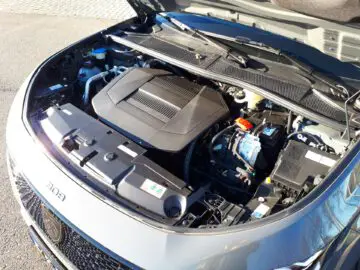
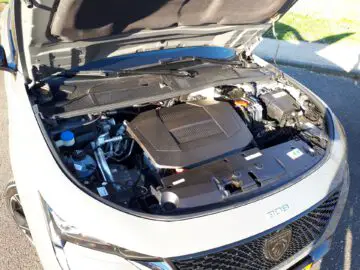
Prices Opel Astra Electric and Peugeot e-308
The Opel Astra is available from 33,499 euros, and the Peugeot 308 can take you from 32,300 euros. That while you get a slightly more powerful engine as standard. If you want an automatic, the Opel’s price rises to 36,999 euros and you pay 35,200 euros for the Peugeot, the difference being that the Opel then has a few more horsepower.
The starting price of the plug-in hybrid powertrain is almost the same for both cars: 40,999 euros for the Opel and 40,470 euros. Among all-electric models, the Opel comes out as the most economical. The Opel Astra Electric starts at 40,749 euros and the Peugeot e-308 costs a minimum of 43,585 euros.
However, these are not really major differences, and they are also offset by some discrepancies in associated equipment.
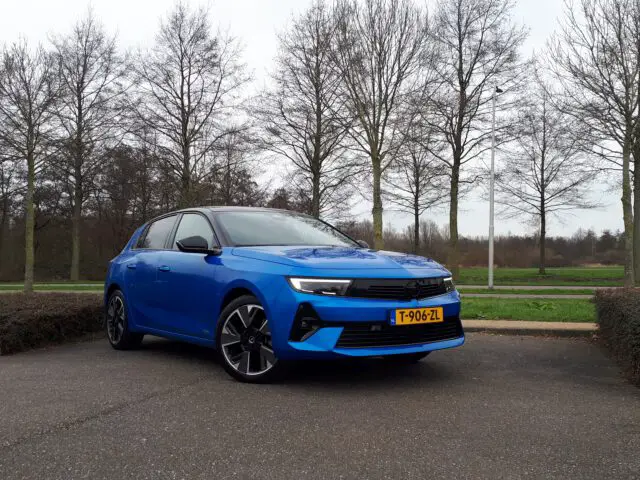
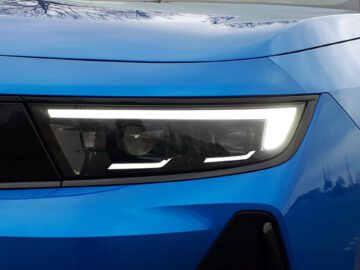

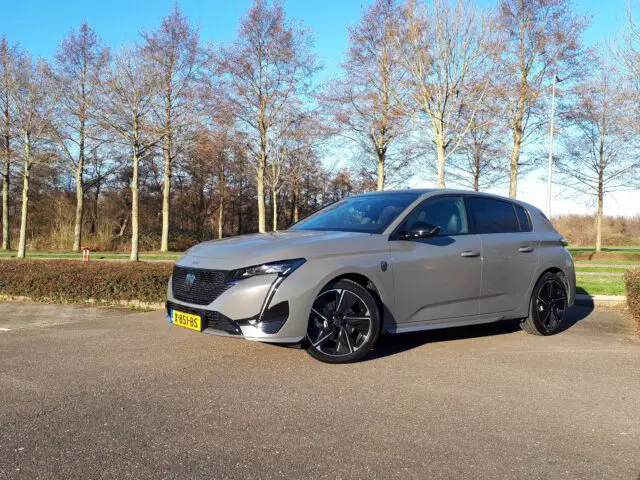
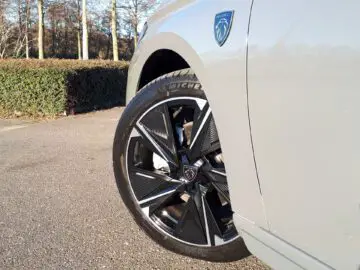
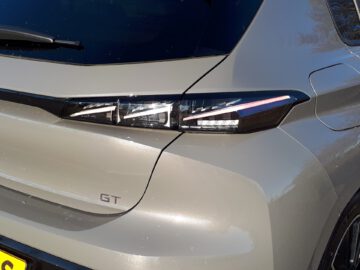
Outfits Opel Astra Electric and Peugeot e-308
Broadly speaking, the performance range is similar. Building up in luxury, Opel offers the Edition, GS, Ultimate and GSe. Peugeot contrasts this with the Active Pack Business, Allure and GT. So a (semi-)sporty top model like the GSe is missing from Peugeot. It is going too far to list here all the equipment of these models, we focus on the differences.
For starters, Opel’s Edition and Peugeot’s Active Pack Business are equivalent. There are some detail differences, but the main difference we can discover in the price list is that the Peugeot does not have adaptive cruise control as standard. After that, the Astra GS and 308 Allure are equivalent, with the Opel standing out with Keyless Entry and the Peugeot with integrated navigation and an Air Quality System for the interior.
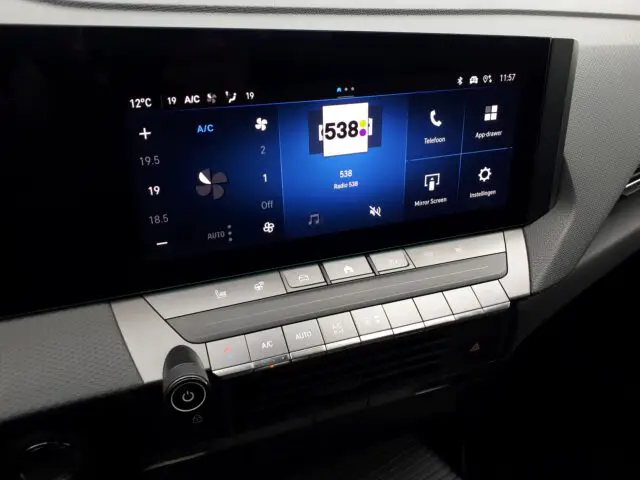


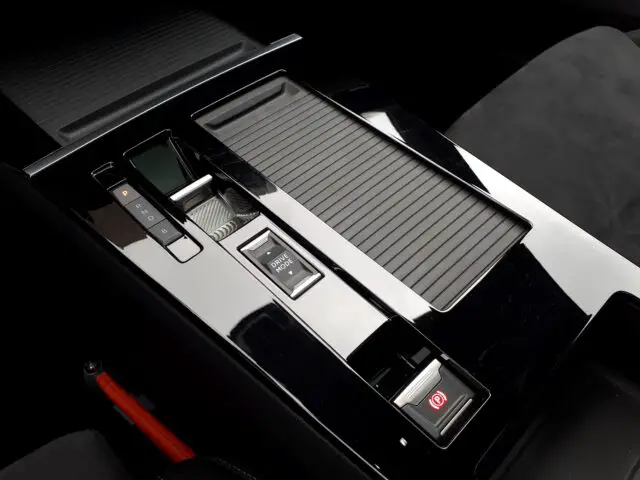

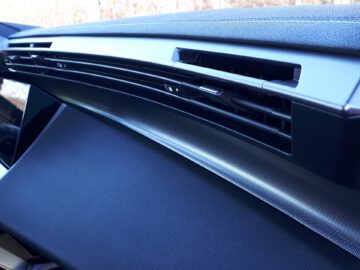
That leaves the Ultimate (Opel) and GT (Peugeot) as the equivalent highest trim levels. With Peugeot, adaptive cruise control is only standard here, while the Astra has standard navigation only as Ultimate. As Ultimate, the Opel also gets standard interior air cleaning. The main difference is that the Opel stands out with standard windshield heating and a sliding/tilting roof, things that always remain optional in the Peugeot. The head-up display of the Astra Ultimate is not available for the Peugeot at all, as its regular counters are already higher. More on that in the next “chapter. For completeness, the Astra GSe is similar in luxury to the Ultimate, but has an emphatically sporty trim and more powerful powertrain.
Finally, it is noticeable that the Peugeot e-308 as Allure and GT is a bit more luxurious than the same trim levels with fuel or hybrid drive. For example, the e-308 Allure already has adaptive cruise control and steering wheel and seat heating as standard. The latter two are still optional even for the fuel and hybrid GT.
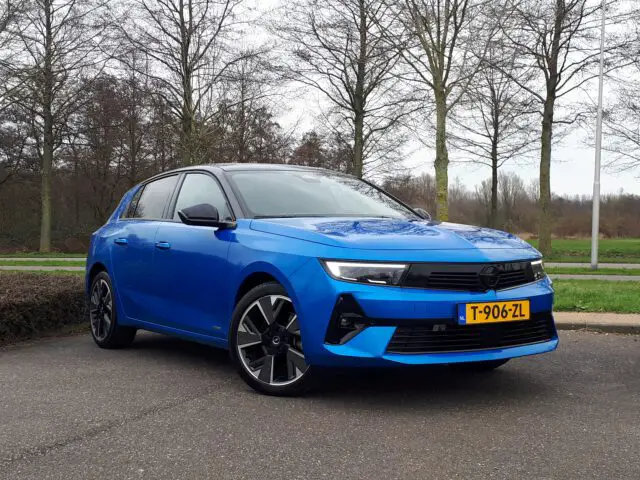
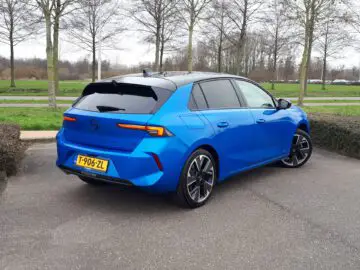
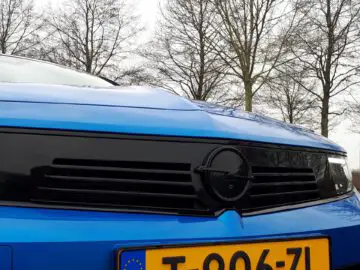
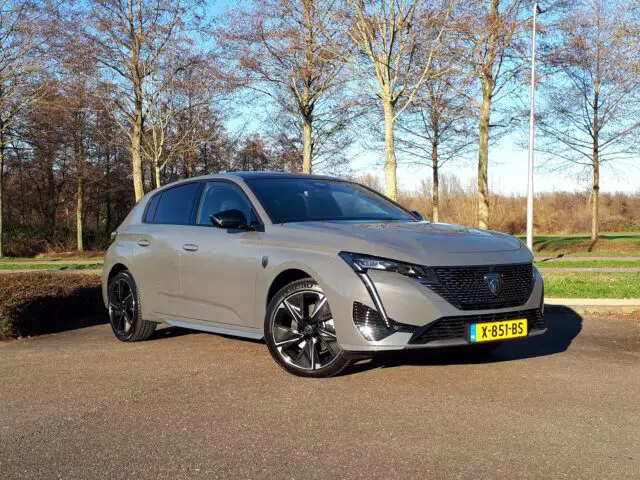

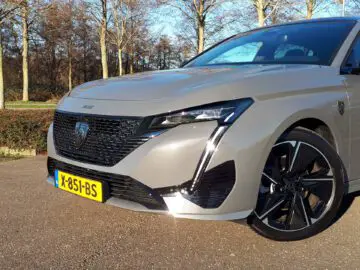
Design and interior concept
Under the skin, then, the Opel Astra and Peugeot 308 are virtually identical, but the same is certainly not true of the design. Opel opts for a rather businesslike, sleek design with prominent Opel Vizor, the black “bar” across the front. Peugeot opts for a slightly busier and more dynamic design, with the distinctive LED tusks for the daytime running lights. Above all, decide which design appeals to you the most.
Inside, the difference between the two cars is really big. Here too, Opel opts mainly for businesslike and sleek, although there are still some color accents depending on the version. At Peugeot, we see the i-Cockpit typical of the brand, where the counters are above the steering wheel instead of behind it. Also, the steering wheel is a bit smaller than usual. In theory, that makes for finer handling, while the high-mounted counters eliminate the need for an expensive head-up display. Do test sit yourself: you may find that the counters fall exactly behind the steering wheel rim in your ideal seating position.

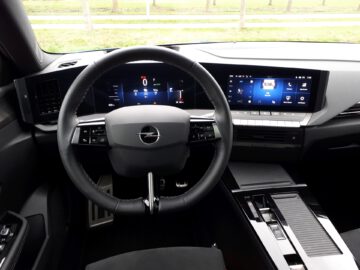
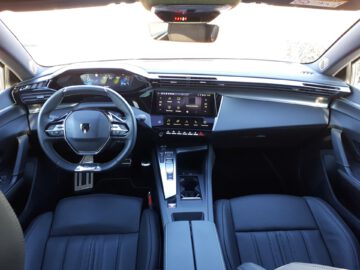

Space on board
Does the different design bring other dimensions? Yes. Starting with the luggage space. In the back, the Opel Astra Electric fits 352 liters; the Peugeot comes to a capacity of 412 liters. The Opel also has an approximately five-centimeter higher lift threshold. The other interior dimensions are similar. The Peugeot offers just a bit more leg and shoulder room, but that is partly because the seats are just a bit smaller.
Moreover: all these differences are minimal we really only know because we looked up the official dimensions. In terms of space experience in practice, there is no difference. At 1.80 meters tall, we sit just fine “behind ourselves” in both cars, with plenty of leg and head room. However, there is really not much margin.
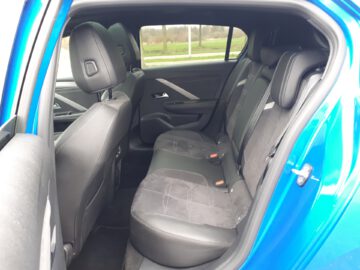
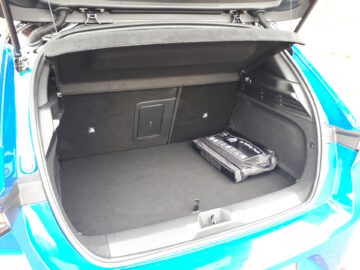

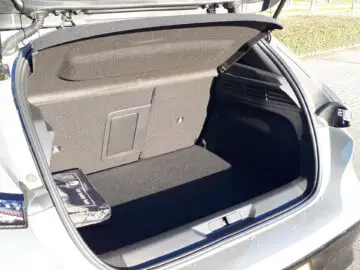
Driving characteristics Opel Astra Electric and Peugeot e-308
There is also little difference in terms of handling. As you would expect from an EV, the drive is direct, smooth and quiet. This does make tire noise relatively present (partly depending on the road surface) and at higher speeds some wind noise is added. Disturbing is none of that. Aside from the all-electric drive, both cars also drive no differently than the fuel or hybrid models of the Opel Astra(driving test) and Peugeot 308(driving test).
Are there really no differences between them then? Yet. The suspension tuning should be identical for both models, but the steering is different. In a pleasant way, the Opel has slightly heavier steering and thus should handle more pleasantly at higher speeds “such as on the Autobahn,” Stellantis said. The Opel does have our preference on highway drives, but whether that’s really because of different steering? In any case, the larger steering wheel just feels more comfortable in the hand when cruising leisurely than the small Peugeot steering wheel. That, in turn, comes into its own better on twisty roads, we discovered earlier.
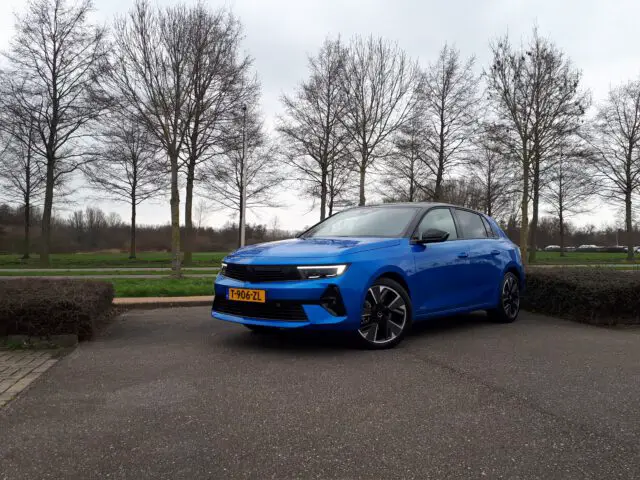


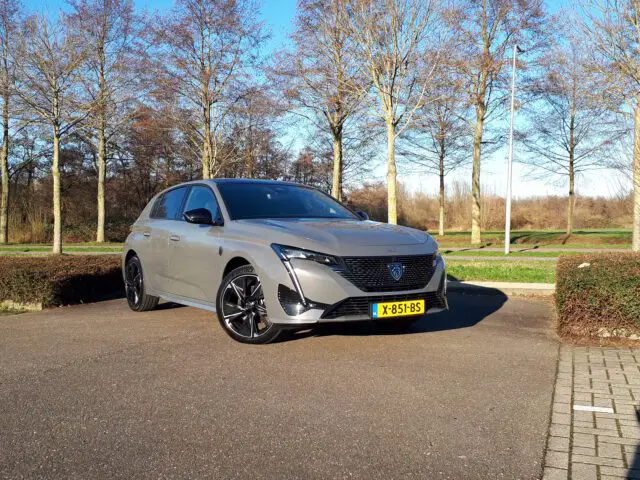

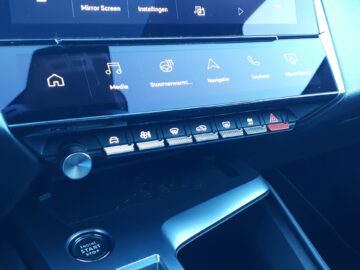
A final difference is the assistance and safety systems. Both cars have the same systems on board, but in the Peugeot they are a bit more present. Both the lane assist and front collision warning let you know with subtle interventions and warning sounds, respectively, just a little too often. At the Vauxhall, we did not notice their presence. This may be a matter of coincidence, but inquiries reveal that the Peugeot is indeed tuned a bit tighter.
Range in practice
Finally, practical consumption. Despite the identical powertrain, the Opel Astra Electric has an official WLTP consumption of 14.8 kWh/100 km, while the Peugeot e-308 consumes exactly 15.0 kWh/100 km. That translates into a range of 418 and 410 kilometers, respectively.

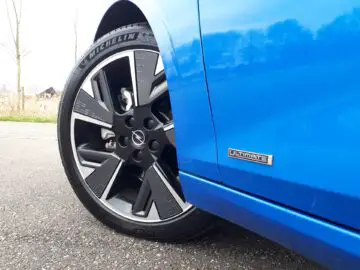


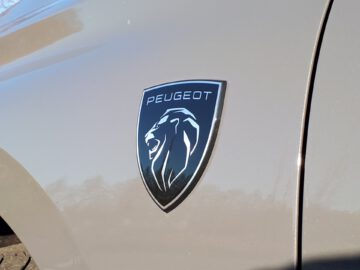
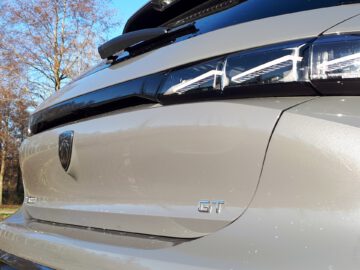
On departure with a full battery, the on-board computer on both cars enthusiastically reports a range of 220 km. Once underway, this is soon corrected to a more realistic prediction. Practical consumption came to 16.8 kWh/100 km for the Opel and 19.6 kWh/100 km for the Peugeot. We did not drive the battery empty, but this would equate to a total range of just under 370 km for the Opel and over 310 km for the Peugeot. For context, with both cars we drove mostly on highways and N roads.
Quite a difference, but that can be explained. We drove the Peugeot in a week with temperatures around freezing. We drove the Vauxhall several weeks later, with temperatures around ten degrees. That makes quite a difference. Let’s just say that for range you don’t necessarily have to choose one or the other, it’s going to be the same under equal conditions.
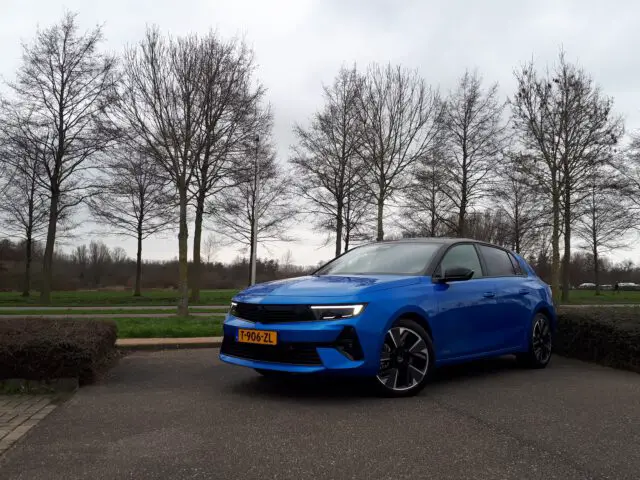
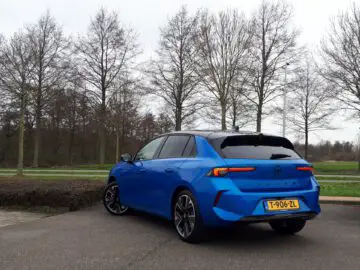

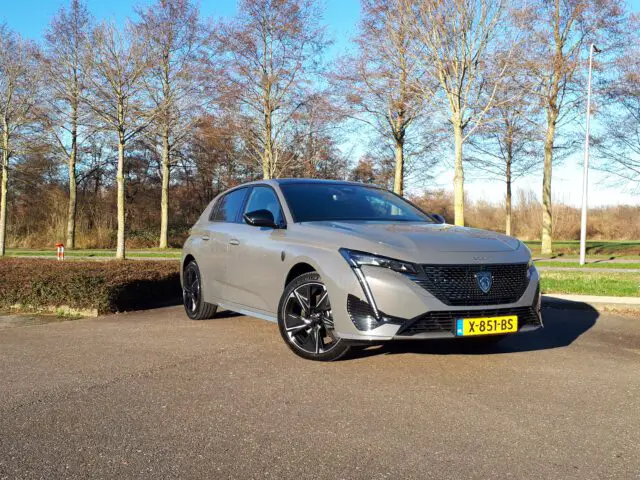
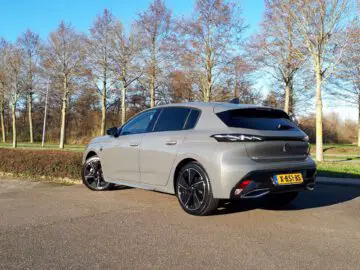

Conclusion
Under the skin, the Opel Astra Electric and Peugeot e-308 are similar and there are few differences in other respects as well. So which one do you take? At least in terms of handling, both cars are on par. The Opel has a slight preference on the highway, the Peugeot on twisty roads. However, the difference is not really great. There are no really big differences in terms of specifications and range either. If you have specific onboard equipment requirements, put both price lists side by side and see in detail which one offers what from which equipment level.
Furthermore, both cars stand out especially emphatically with their design and interior concept. Will you go for the sleek design of the Astra or the more dynamic lines of the 308? Do you love the Peugeot i-Cockpit or do you prefer the more traditional Opel interior? Thus, both cars still clearly have their own identity.
